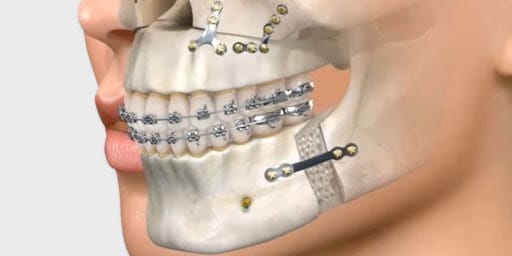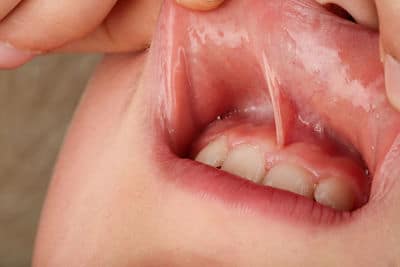Dr. Alfredo Zuiko utilizes advanced surgical techniques to address a broad spectrum of conditions.
His expertise in maxillofacial surgery encompasses treatments for facial asymmetry, orthognathic corrections, congenital malformations, facial trauma, dentofacial deformities, tumors, infections, and more.
Contact us through our web form or WhatsApp

Orthognathic Surgery
Orthognathic surgery is a surgical technique that is part of the field of maxillofacial surgery. Its objective is to correct malformations and deformities of the jaws and mandible. This technique seeks to improve the function and facial aesthetics of the patient, properly aligning the teeth and facial bone structure.
Orthodontics prior to orthognathic surgery could be necessary. Often, it is a crucial step in achieving optimal dental alignment, enhancing both the aesthetic and functional outcomes of the treatment.

Dental Implants
Dental implants are special screws that replace the root of a missing tooth. This is the ideal treatment for people who have lost teeth due to breakage, decay, gum disease or other oral problems. A dental implant works in two stages.
Firstly, the implant screw is placed in to the jaw bone and sealed.
Once healed, an abutment connector is used to fuse the implant post to the new tooth (crown). This second stage completes treatment to restore the bite and smile of any patient with missing teeth.

Chin Reduction Surgery
Chin reduction surgery, also known as genioplasty, aims to reduce the size of the chin and improve the overall balance of the facial features.
The procedure is usually performed under local anesthesia with sedation or general anesthesia and typically takes two to three hours to complete. Recovery time may vary, but patients can usually return to their daily activities within a week or two after the surgery. Chin reduction surgery can have a significant impact on a person’s self-confidence and can be a beneficial option for those who are unhappy with the size or shape of their chin.

Facial Asymmetry Surgery
Facial symmetry surgery is a type of cosmetic or reconstructive surgery that aims to improve the overall symmetry of a person’s face. Facial asymmetry can be caused by a variety of factors, including genetics, injury, or developmental abnormalities.
The procedure can involve a combination of techniques, such as bone reshaping, tissue repositioning, or facial implants, depending on the individual’s needs. Dr Alfredo Zuiko will typically use computer imaging to plan the surgery and determine the most effective approach.

Le Fort Open Fracture Surgery
Le Fort fracture surgery is a type of maxillofacial surgery that is used to repair fractures of the midface or upper jaw. These types of fractures are often the result of trauma, such as a car accident or a fall.
During the surgery, the surgeon will make incisions in the gum or inside the mouth to access the affected area. They will then realign the broken bones and use metal plates, screws, or wires to hold them in place while they heal. The goal of the surgery is to restore the proper alignment of the facial bones and improve function and appearance.

Frenectomy
Frenectomy surgery is a common surgical procedure that involves the removal or modification of a small piece of tissue called the frenum, which connects two parts of the mouth. There are two types of frenum in the mouth: the lingual frenum, which connects the tongue to the floor of the mouth, and the labial frenum, which connects the upper or lower lip to the gums.
A frenectomy may be performed to treat a variety of conditions, such as tongue-tie, a condition where the lingual frenum is too short or tight, making it difficult for the tongue to move freely.

Mandible Implants
Mandible implants, also known as jaw implants or mandibular augmentation, is a surgical procedure performed to enhance the size, shape, or contour of the lower jaw. These specialist implants are designed to provide a more balanced and harmonious facial appearance by augmenting a weak or recessed mandible

